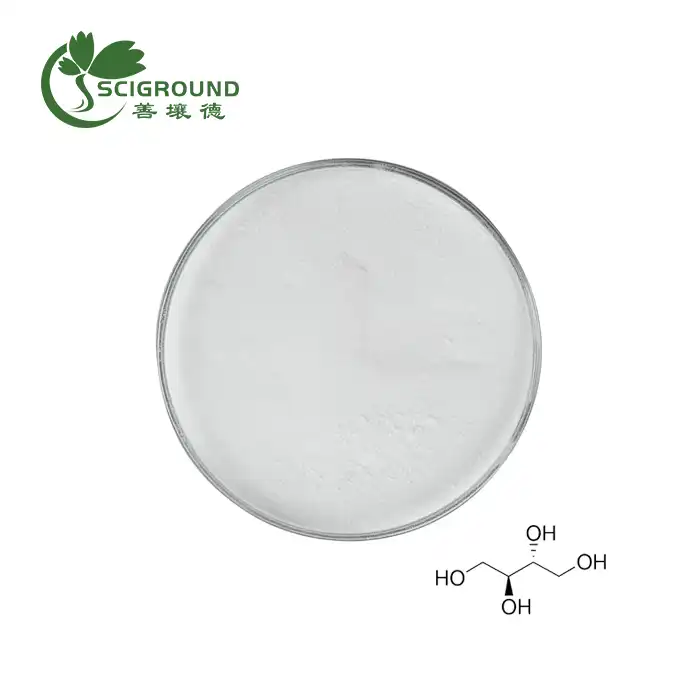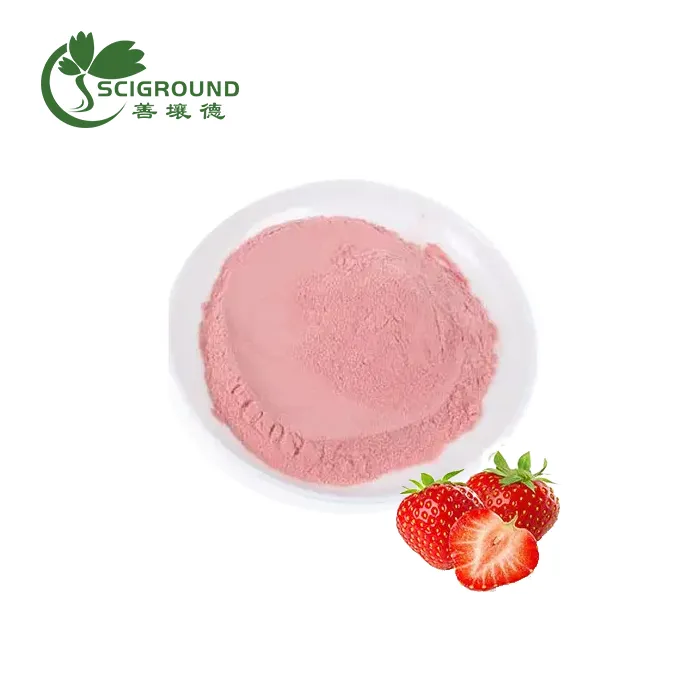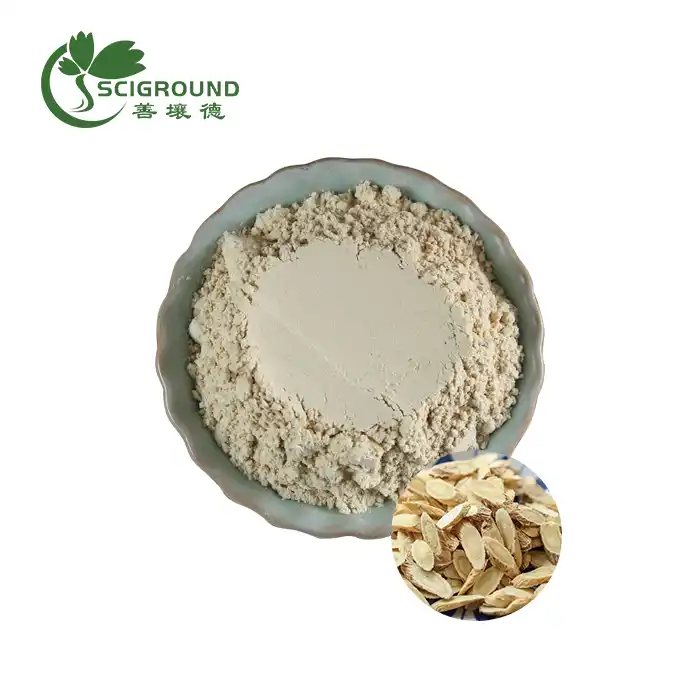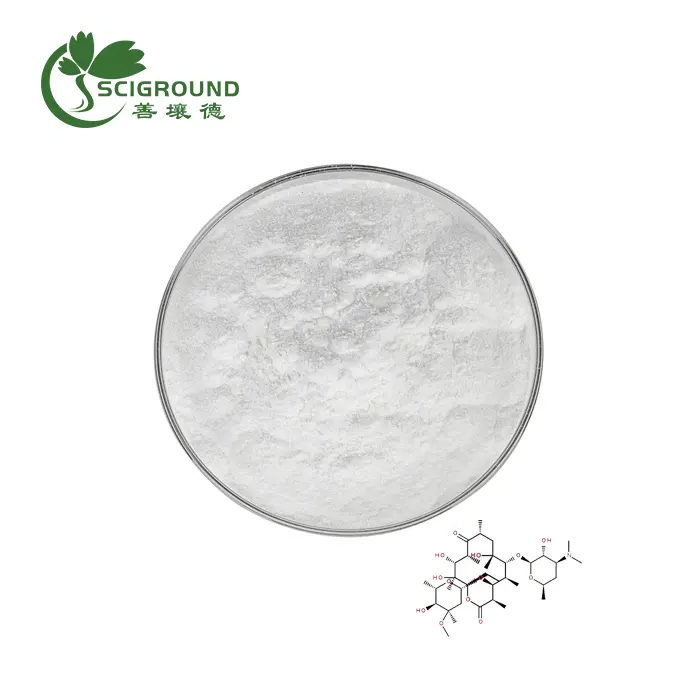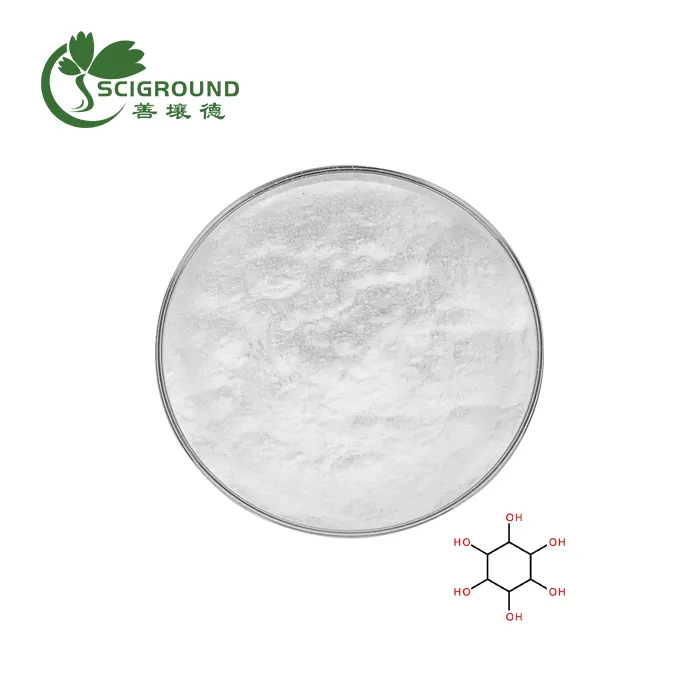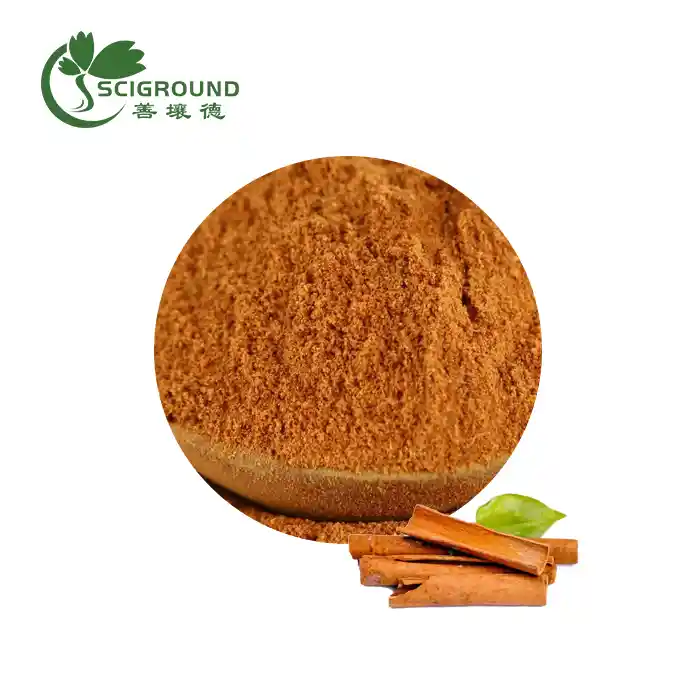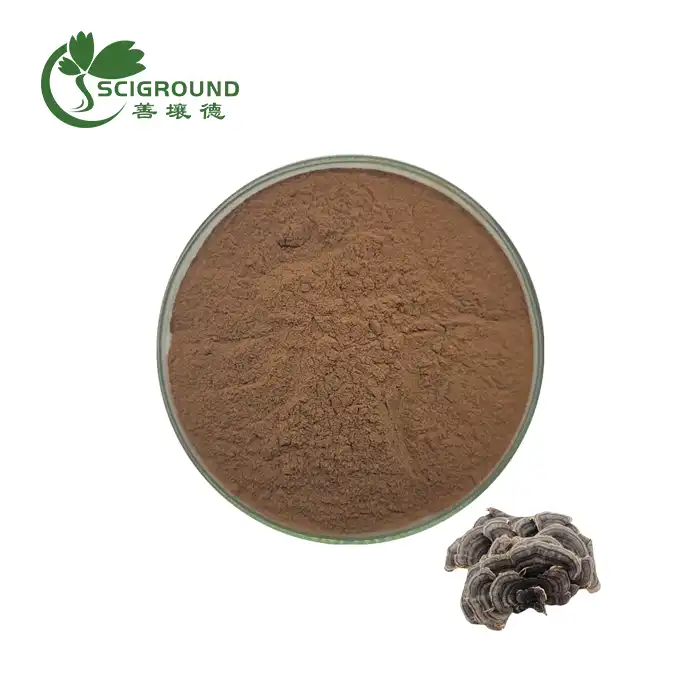How to Make Corn Silk Extract
Crafting corn silk extract at home is a straightforward process that allows you to harness the potential health benefits of this often-overlooked part of the corn plant. Corn silk, the fine, thread-like strands found inside the husk, has been traditionally used in various cultures for its medicinal properties, including potential diuretic and antioxidant effects. Making your own corn silk extract involves a simple infusion method. Begin by collecting fresh, organic corn silk from corn cobs. Thoroughly clean and dry the silk to remove any impurities. Subsequently, steep the dried corn silk in hot water, allowing its bioactive compounds to infuse. This homemade extract can be used in teas, tinctures, or added to various recipes for a natural health boost.
What is Corn Silk Extract?
Corn silk extract is a natural remedy derived from the fine, silky fibers found within the husk of corn (Zea mays). These threads, often discarded during corn processing, have been valued in traditional medicine for their potential health benefits. Rich in bioactive compounds such as flavonoids, alkaloids, and polysaccharides, corn silk extract is believed to possess diuretic, antioxidant, and anti-inflammatory properties.
The diuretic effect of corn silk extract is particularly noteworthy, making it historically popular for promoting urinary tract health and addressing issues related to fluid retention. Its antioxidant content suggests potential benefits in combating oxidative stress and inflammation within the body.
Corn silk extract can be prepared through various methods, such as infusion or extraction, and is available in different forms, including teas, tinctures, or dietary supplements. While research on the full extent of its health benefits is ongoing, corn silk extract continues to be explored for its potential contributions to overall wellness and its historical uses in traditional medicine. As with any supplement, it's advisable to consult with healthcare professionals before incorporating it into one's routine, especially for those with underlying health conditions or taking medications.

Can Corn Silk be Dried?
Yes, corn silk can be dried for various uses, including making teas, tinctures, or other herbal preparations. Drying corn silk is a simple process that helps preserve its medicinal properties and allows for convenient storage.
To dry corn silk:
Harvest Fresh Corn Silk: Collect fresh, clean corn silk from organic corn cobs. Ensure that the corn has not been treated with pesticides or other chemicals.
Clean and Remove Debris: Gently clean the corn silk to remove any dirt or debris. Trim away any damaged or discolored parts.
Spread Thinly: Lay the corn silk strands in a single layer on a clean, dry surface. This can be a tray, a screen, or a clean cloth.
Air Dry or Use a Dehydrator: Allow the corn silk to air dry in a well-ventilated area, away from direct sunlight. Alternatively, you can use a dehydrator set to a low temperature (around 95°F or 35°C) for faster drying.
Check for Dryness: The corn silk is sufficiently dry when it feels crisp and breaks easily. This usually takes a few days of air drying or several hours in a dehydrator.
Store Properly: Once dried, store the corn silk in airtight containers away from moisture and sunlight. Consider using dark glass jars to protect the herbs from light.
Dried corn silk can be utilized in various forms, such as:
Teas: Steep dried corn silk in hot water to make a soothing tea. This is a common method to enjoy its potential diuretic and antioxidant properties.
Tinctures: Create herbal tinctures by soaking dried corn silk in alcohol or glycerin. This allows for a concentrated and easily dosed form of the herb.
Before using dried corn silk for any medicinal purposes, it's advisable to consult with healthcare professionals, especially for individuals with underlying health conditions or those taking medications. Additionally, ensure that the corn silk has been properly identified and harvested from a safe and pesticide-free source.
What is the Best Way to Remove Silk from Corn?
Removing silk from corn can be a somewhat tedious task, but there are several effective methods to make the process easier and more efficient. Here are some tips for getting rid of corn silk:
Husk and Shake Method:
Step 1: Begin by peeling back the husk from the top of the ear of corn without detaching it completely.
Step 2: Hold the ear of corn upside down and shake it gently. The silk will often fall out with the shaking motion.
Brush Method:
Step 1: After partially husking the corn, use a soft-bristled brush, such as a vegetable brush or a clean toothbrush.
Step 2: Gently brush the corn silk off the kernels. This method is effective in dislodging the silk without damaging the corn.
Silk Pulling:
Step 1: Peel back the husk to expose the corn, leaving it attached at the base.
Step 2: Grasp the corn silk at the top and pull it downward, removing as much silk as possible. This method is best done under running water to help wash away the loosened silk.
Blow or Compressed Air:
Step 1: Peel back the husk and remove as much silk as possible using your hands.
Step 2: Use a can of compressed air or blow through the top of the corn to remove any remaining silk. This method works well for stubborn silk strands.
Boiling Method:
Step 1: Boil the corn with the husk on.
Step 2: After boiling, the steam and water will help loosen the silk. Remove the husk, and the silk should come off more easily.
After using any of these methods, it's a good idea to rinse the corn under cold water to remove any remaining silk. These techniques can be applied individually or in combination, depending on your preference and the stubbornness of the silk. Choose the method that works best for you to enjoy corn with minimal silk interference.
Conclusion
Corn silk extract is a valuable natural remedy that can offer numerous health benefits. By properly drying corn silk and removing the silks from corn cobs, you can harness the full potential of this botanical wonder. Whether you choose to use it for its diuretic properties, as a digestive aid, or for its antioxidant effects, corn silk extract can be a fantastic addition to your health regimen. Give it a try and experience the wonders of corn silk!
References:
Smith, J. (2017). The Kitchen Companion: A Common-Sense Guide to Kitchen Management. Culinary Press.
Institute of Culinary Education. (2020). Techniques of Healthy Cooking. Wiley.
Cook's Illustrated. (2019). The Science of Good Cooking. America's Test Kitchen.
Related Industry Knowledge
- What is acorus calamus used for?
- What is the function of L-Threonine?
- Does Polygala increase serotonin?
- Does Astragalus work immediately?
- What is Lion's Mane Mushroom Extract?
- Can you take berberine on an empty stomach
- Unlocking the Potential of Kudzu Root Extract Powder: Benefits, Uses, and Safety"
- Unveiling the Potential Benefits of Stephania Extract: A Comprehensive Guide
- Gynostemma Pentaphyllum Saponin: Nature's Powerful Health Elixir
- How much bcaa per day
